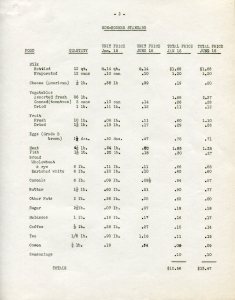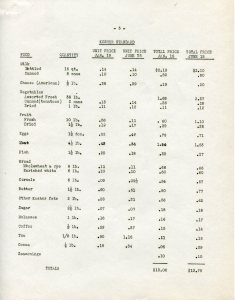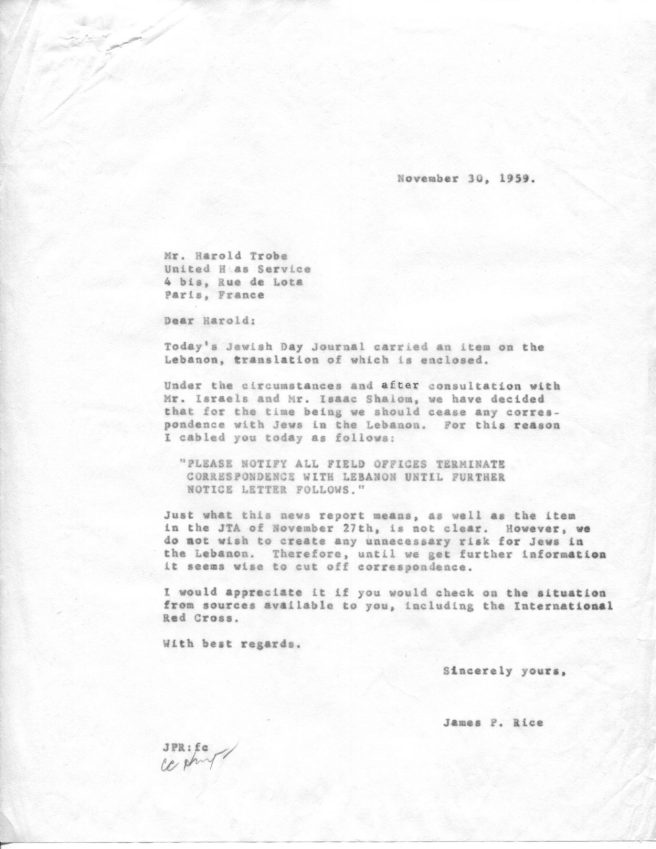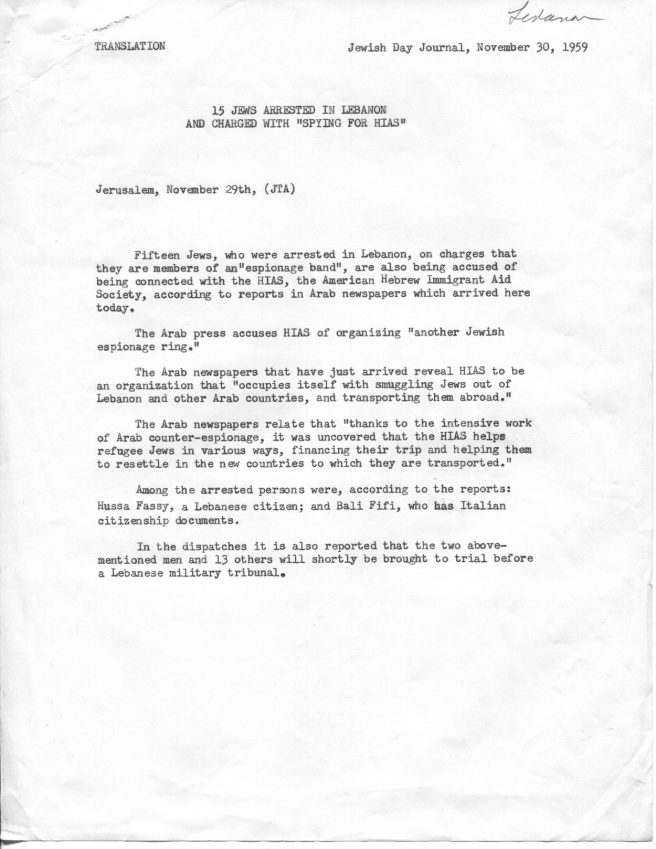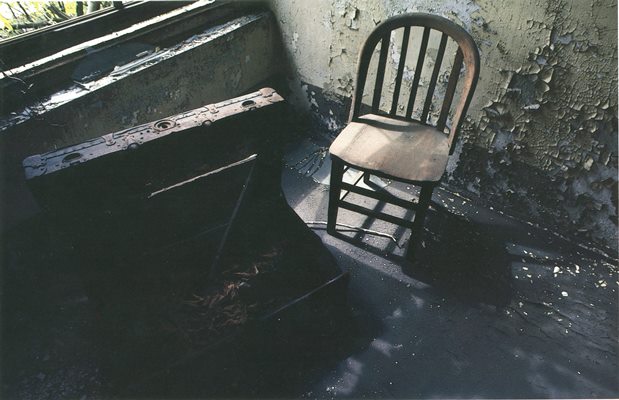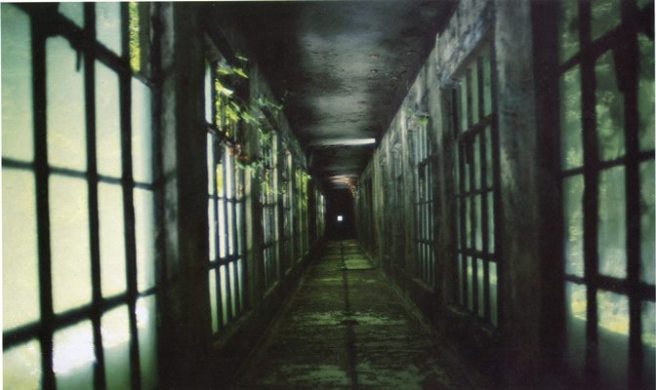Between 1938 and 1941, ~18,000 German, Polish, and Austrian Jews fled to Shanghai, a city that lacked the centralized authority needed to enforce exclusive immigration laws. I studied this community for my MA research, and it is only in hindsight, as a HIAS project processing archivist, that I see how odd it is that I never encountered HIAS in my research.
After Pearl Harbor, Japan-long a colonial power in China-did away with its Chinese puppet government in Shanghai, and exerted direct control over the city. This act cut it off from the outside world, and especially from Allied powers. As a result, the Jewish refugees became isolated from the world outside of Shanghai.
Despite the isolation of Shanghai and the hostility of the Japanese towards organizations with Western ties, the American Jewish Joint Distribution Committee -a humanitarian relief organization-maintained a presence in Shanghai, importing money and necessary goods from neutral powers whenever possible, and suffering the wartime, slum conditions alongside the people they were working to help. And from working with the HIAS papers, I know that they too remained in Shanghai throughout the war.
The reasons why I never encountered HIAS in my research are twofold. First, HIAS records are not easily accessible, and are not apparent in online finding aids. I learned the second reason while processing some of HIAS’ newsletter files. During the war years, these publications included short briefs outlining what HIAS was doing for Jews in various corners of the globe, including Shanghai. There, it operated under the name “HICEM.” I had not come across HIAS in my research, but I certainly had seen HICEM many times.
HICEM came to be in 1926 in Paris as a merger of HIAS, the Jewish Colonization Association (ICA), and EmigDirect, which operated out of Germany. The agreement between the three stipulated that local branches outside the US would work as HICEM, while HIAS would continue to handle Jewish immigration to the United States.
EmigDirect had to back out of the merger in 1934, and during the Second World War, British regulations forbade the ICA from using funds outside of Britain. Therefore, during many of the war years, HICEM received funding primarily from HIAS; the JDC also provided a good deal of capital.
This information is fabulous for me as a historian, but also extremely helpful for me as an archivist. Having now been on both sides of modern Jewish immigration history, I know what kind of terms researchers may be looking for, and can use this knowledge to make the research process that much easier for them.

